Surgical & N95 Medical Masks: A Comprehensive Guide
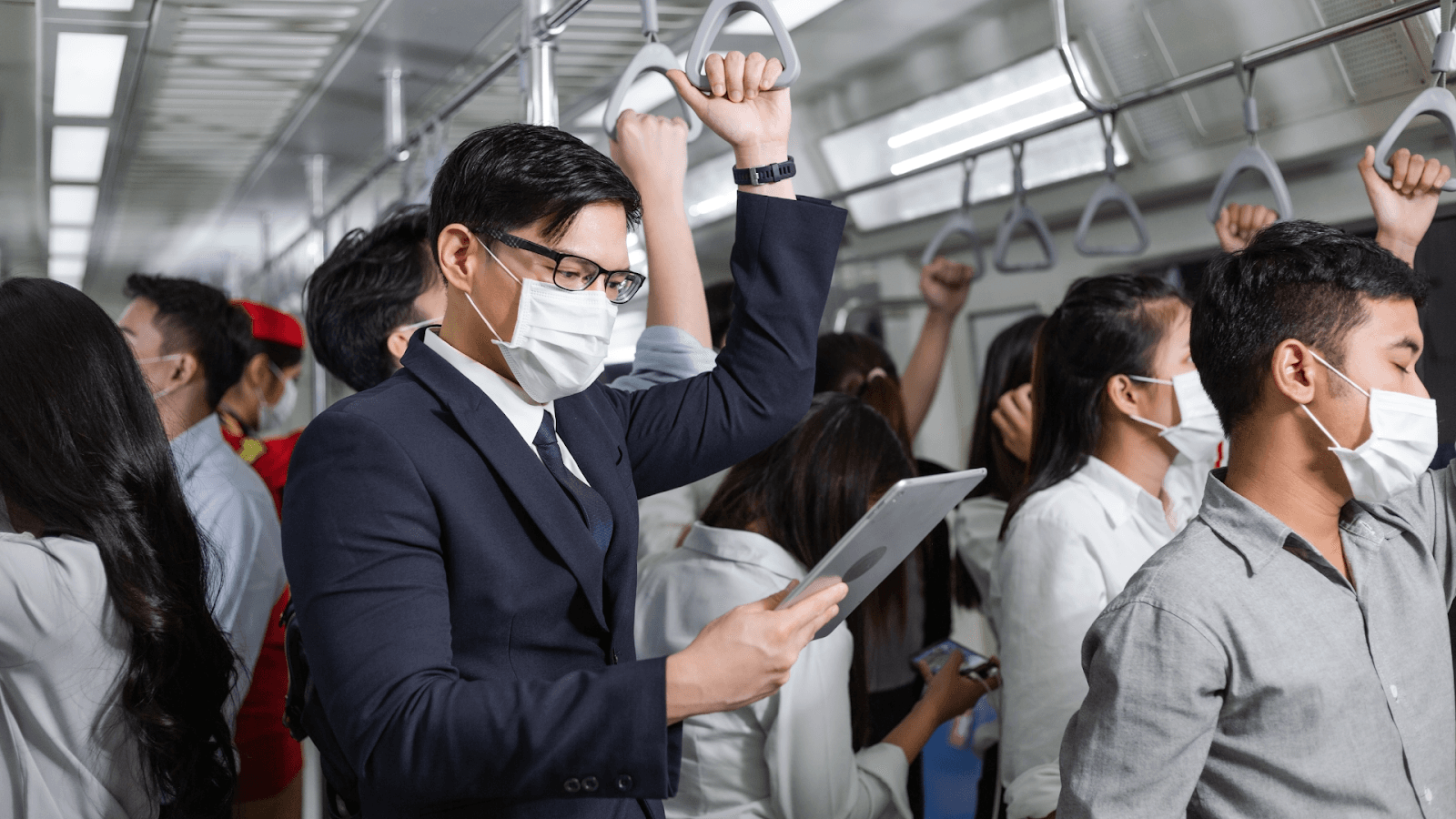
Introduction
In the wake of the COVID-19 pandemic, the spotlight has been shining brightly on medical masks. These remarkable pieces of protective gear have become familiar not only to healthcare professionals but also to the general public to combat the spread of infections.
But what exactly do these masks do? Picture a shield that not only safeguards the wearer but also shields those around them. These masks possess the remarkable ability to capture and contain large and/or small-particle of droplets from splashes, sprays, or splatter that might harbour harmful viruses and bacteria. They play a pivotal role in protecting both wearers and their communities.
Yet, it's crucial to note that not all masks available on the market meet the standards of personal protective equipment (PPE). This raises intriguing questions: What are the different types of medical masks? How do they measure up against the American Society for Testing and Materials (ASTM) levels? And what are the current guidelines set by Singapore's Ministry of Health (MOH)?
In this captivating article, we embark on an illuminating journey to explore the multifaceted realm of medical masks and delve into the various types, examine the rigorous ASTM standards, decipher the Singapore MOH's guidelines, and even unveil the latest research surrounding these essential protective medical masks.
Types of Medical Masks
In the realm of medical masks, a myriad of options awaits, each with a distinct purpose and tailored for specific environments such as:
N95 Respirators - The Elite Guardians
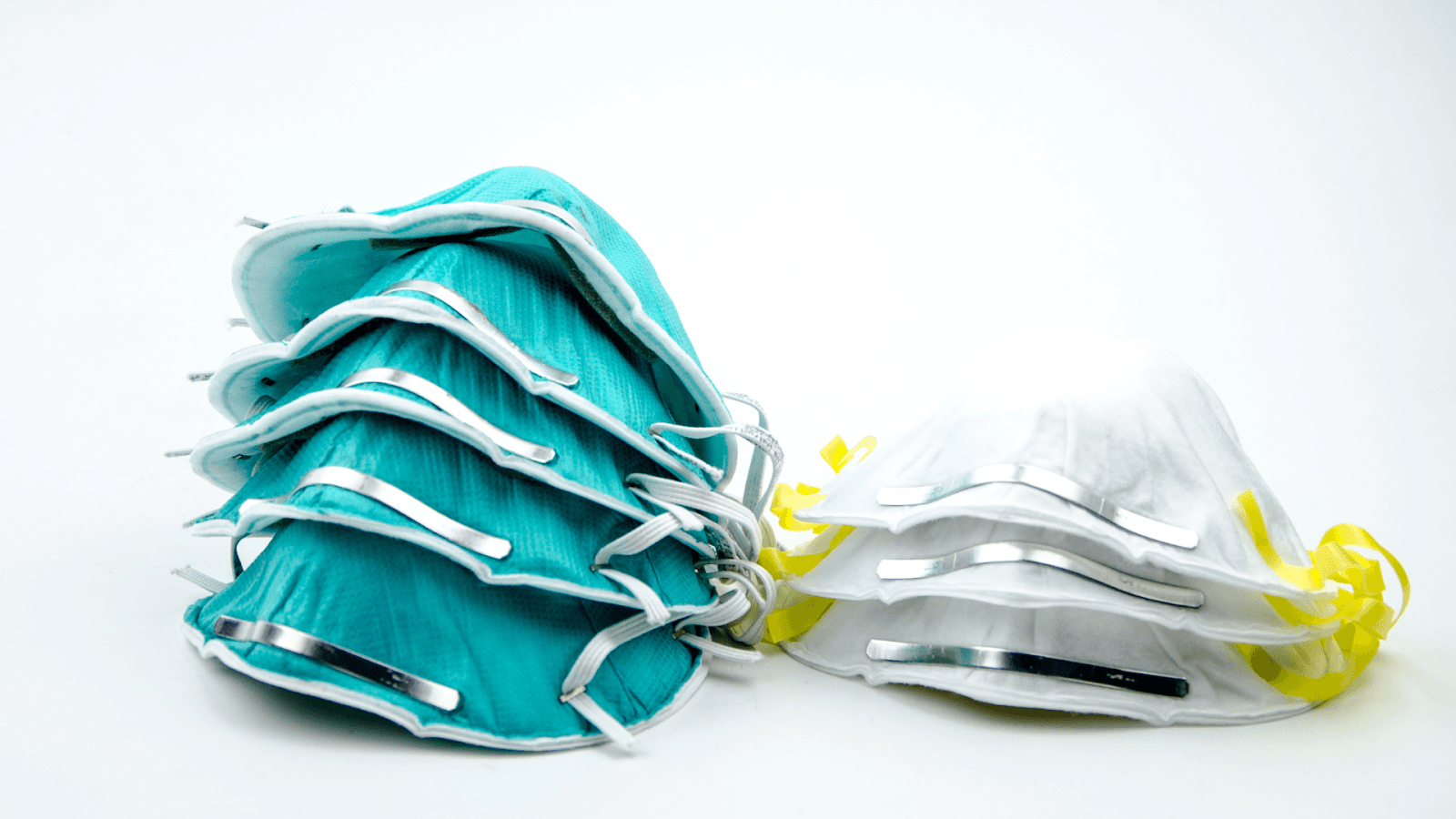
Leading the pack are the remarkable N95 respirators, unrivalled in their ability to filter out a staggering of > 95% of airborne particles. These masks are meticulously designed to provide an impeccable facial fit, ensuring optimal protection for the wearer. When selecting the right N95 respirators, these should be NIOSH approved, generally known as:
- Standard N95 Respirators: Typically used in industrial settings designed to protect the wearer from dust and other non-oil particles and to achieve a very close facial fit and very efficient filtration of airborne particles.
- Surgical N95 Respirators: Combining the best of surgical masks and N95 respirators, this hybrid marvel serves the dual purpose of shielding healthcare workers from inhaling airborne particles while preventing the spread of harmful contaminants to others. A true lifesaver in healthcare settings!
- Healthcare N95 Respirators: These are similar to surgical N95 respirators, but they are designed specifically for use in healthcare settings. They often include additional features such as nose foam and clips to improve comfort and fit.
Take your respiratory protection to the next level with the 3M N95 Particulate Respirator 9502+N95. Experience the convenience of its lightweight, vertical flat-fold design, combined with the superior filtration efficiency of at least 95 percent against non-oil-based particles. Trust MF.Asia for comfort and optimal respiratory safety. Shop now and breathe easy!
N95 Respirator General Precautions
- Consult a healthcare provider before using an N95 respirator if you have medical conditions that affect breathing.
- Some N95 respirators have exhalation valves for easier breathing but should not be used in sterile conditions.
- FDA-cleared N95 respirators are single-use and disposable. Replace damaged or soiled respirators promptly.
- Safely discard used N95 respirators by sealing them in a plastic bag and disposing of them in the trash.
- N95 respirators are not suitable for children or individuals with facial hair, as they may not provide proper protection due to the inability to achieve a secure fit.
- Do not wear NIOSH-approved respirators if it becomes difficult to breathe, if they are wet or dirty, or in conjunction with other masks or respirators.
Surgical Masks - Safeguarding Lives on the Frontlines
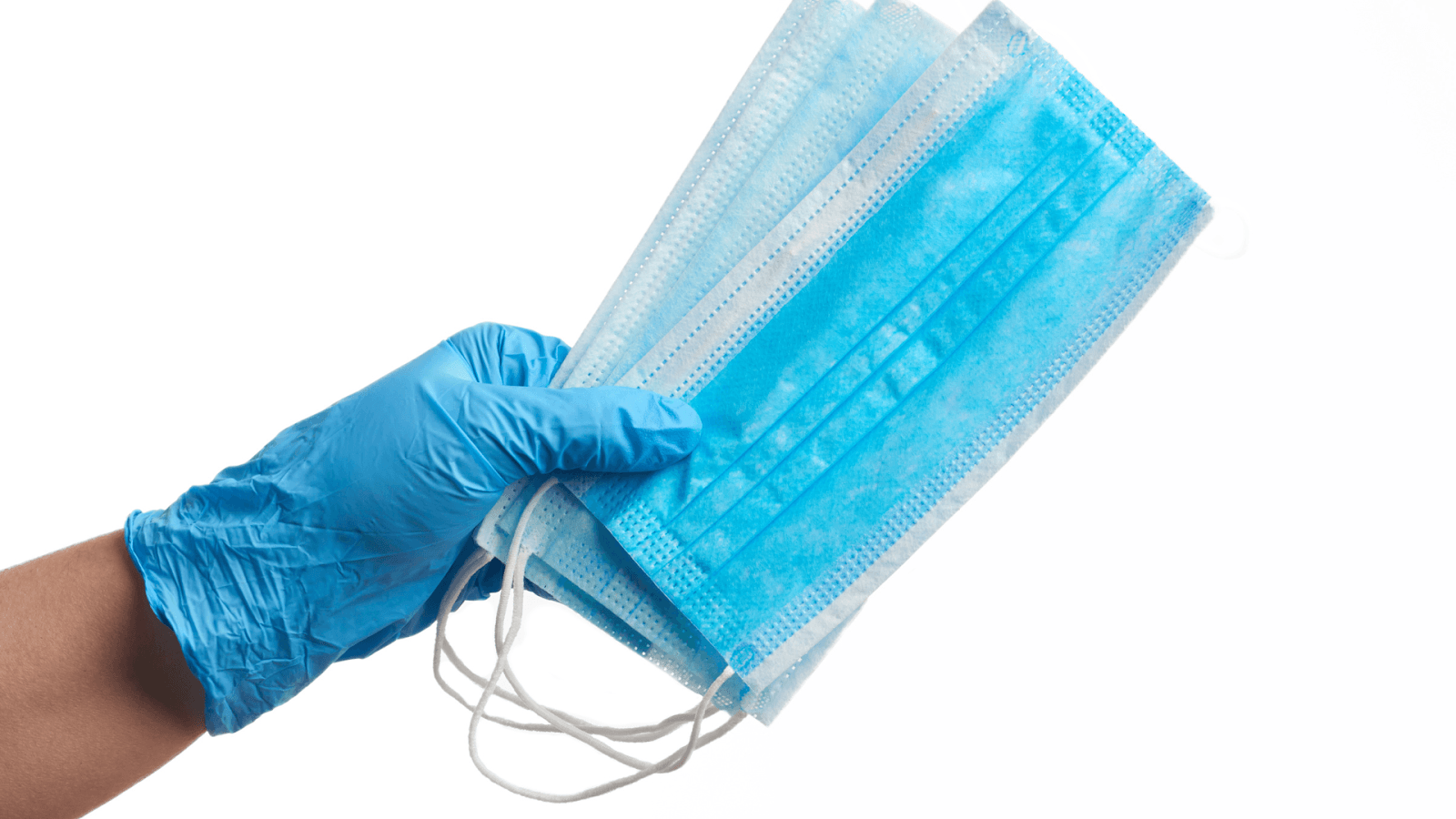
Surgical masks are a type of medical mask commonly used in healthcare settings designed to tirelessly safeguard wearers and patients alike from respiratory emissions:
- Standard Surgical Masks: These are loose-fitting masks that cover the nose and mouth designed to protect the wearer from large particles and splashes. However, they do not provide a high level of protection against smaller airborne particles.
- Fluid-Resistant Surgical Masks: These masks offer protection against fluid penetration in specific medical procedures. They are designed to resist fluid strike-through from the outside, protecting the wearer and the patient.
- Surgical N95 Respirators: These masks include a particulate-filtering facepiece that meets the N95 standard of air filtration of at least 95% of airborne particles.
In the battle against potential contaminants, these disposable, loose-fitting devices play a vital role in safeguarding the healthcare front liners. Regulated under 21 CFR 878.4040, medical procedures including surgical, isolation, or dental depend on the effectiveness of a surgical mask based on its thickness and its ability to shield against contact with liquids.
When worn correctly, breathability and ensuring comfort during extended usage are two crucial factors. However, the limitations of loose-fit surgical masks do not provide complete protection against germs and contaminants as they do not filter or block very small airborne particles, such as those transmitted by coughs, sneezes, or certain medical procedures.
Opt for disposable surgical masks that:
- Fit properly over your nose, mouth, and chin to ensure no leaks occur.
- Consist of multiple layers of non-woven material for enhanced filtration.
- Include a nose wire for a secure fit.
- Are widely accessible for purchase with good reviews.
Avoid wearing surgical masks that:
- Have gaps around the sides of the face or nose (as shown in the example).
- Are wet or dirty, as this compromises their effectiveness.
To ensure optimal protection, surgical masks should not be reused. If a mask becomes damaged, soiled, or difficult to breathe through, it is crucial to discard it safely and replace it with a new one. Proper disposal involves placing the used mask in a plastic bag before disposing of it in the trash. Remember to wash your hands thoroughly after handling a used mask, maintaining personal hygiene.
Don't compromise on your safety and comfort. Visit MF.Asia now and get the best surgical masks that offer protection and comfort.
Reusable Face Masks - More than just a fashionable accessory
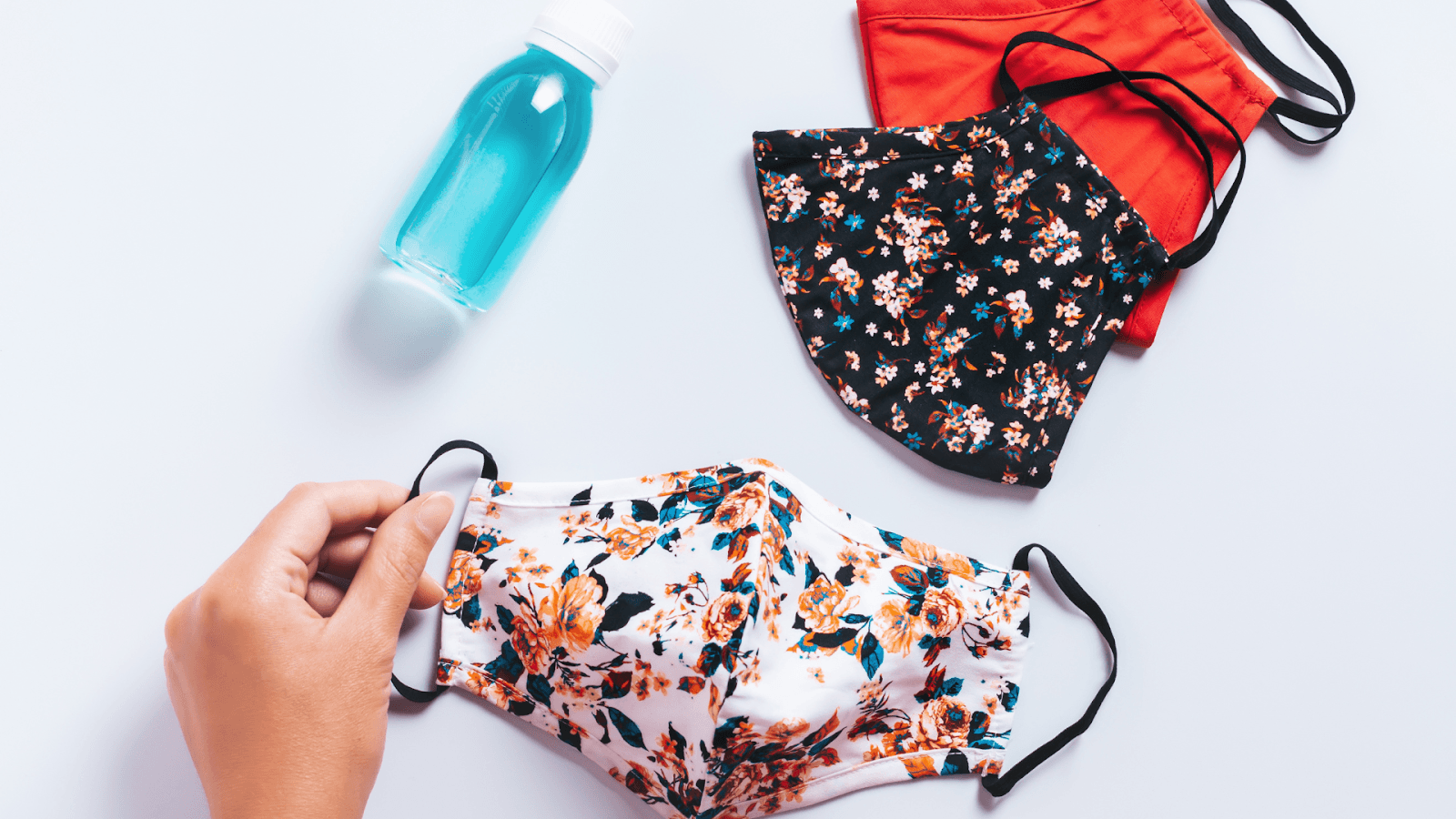
In our quest to combat the transmission of infections, face masks have emerged as a means of source control and particulate filtration outlined in ASTM F3502-21. While they may vary in their fluid barrier or filtration efficiency levels, they play a significant role in reducing the likelihood of infection transmission, benefiting both the general public and healthcare personnel (HCP).
Wearing face masks, including homemade cloth masks, neck gaiters, and commercially manufactured masks with filters has become a crucial practice in our daily lives. By preventing the spread of respiratory secretions and large particles, even from individuals who may be asymptomatic, we can take control of the virus's transmission. The most effective ones consist of 2-3 layers of tightly-woven fabric, typically cotton, ensuring a snug fit that covers the nose and extends below the chin. Following the guidelines set forth by the CDC recommendations, face masks provide an effective source control measure, contributing to the collective effort of minimizing the spread of infections in public spaces.
Wear face masks that:
- Fit properly over your nose, mouth, and chin to ensure no leaks occur.
- Have multiple layers of tightly woven, breathable fabric.
- Include a nose wire for a secure fit.
- Are made of fabric that blocks light when held up to a bright light source, indicating their tight weave.
Avoid wearing face masks that:
- Have gaps around the sides of the face or nose.
- Feature exhalation valves, vents, or other openings.
- Consist of single-layer fabric or thin materials that do not block light effectively.
- Are wet or dirty, as this compromises their effectiveness.
It is important to understand that face masks do not fall under the category of personal protective equipment (PPE). Unlike reusable PPE, face masks serve as a disposable means of source control. While they offer a level of protection, they should not be considered direct substitutes for N95 respirators, surgical masks, or other advanced respiratory protection such as air-purifying respirators (APRs).
Visit MF.Asia and get yours today and prioritise safety with its multi-layered, water-repellent design and filter insert pocket. Don't wait, wash daily and stay protected!
For more information, take a moment to delve into the latest trends and insights on MF.Asia's captivating blog - it's a quick read that's worth your time! Guarding Against COVID-19 Variants: What's the Best Mask?
ASTM Levels for Medical Face Masks
The ASTM (American Society for Testing and Materials) F2100 classifies medical masks into three levels namely ASTM Level 1 (low-risk procedures), Level 2 (moderate-risk procedures), and Level 3 (high-risk procedures), based on several criteria. These criteria evaluate the performance of medical face masks, including SARS and COVID-19 outbreaks:
- Bacterial Filtration Efficiency (BFE) measures how well the mask filters out bacteria. Level 1 masks have a minimum 95% filtration rate, while Level 2 and Level 3 masks require a 98% filtration rate.
- Differential Pressure indicates airflow resistance, with Level 1 masks being the most breathable and Level 3 masks having the highest resistance. The ASTM standards require that low-barrier masks have a Delta P less than 6.0.
- Sub-micron Particulate Filtration Efficiency (PFE) measures the filtration of small particles ranging from 0.1 to 5 microns, including viruses. Some masks undergo this test, with higher percentages indicating better filtration.
- Resistance to Penetration by Synthetic Blood tests how well masks resist blood penetration. Level 1 masks are for low-pressure applications (80mm Hg), Level 2 for moderate blood pressure (120mm Hg), while Level 3 masks are for high-pressure situations (160mm Hg).
- Flammability tests the material's response to a flame at a distance of 127 mm (5 inches). Class 1 indicates normal flammability and is acceptable for use in clothing. All hospital masks must be able to resist flame exposure for at least three seconds.
To guarantee safety, medical face masks undergo the mentioned tests and are also assessed for skin sensitivity ASTM: ISO 10993-5 in the USA or EN: ISO 11737-1 in Europe to determine a population of microorganisms on products. This ensures that the materials used in the mask construction, which come into contact with the skin, are safe and non-irritating. The performance standard of medical masks in the USA (ASTM) and EU (EN 14683) is illustrated below:
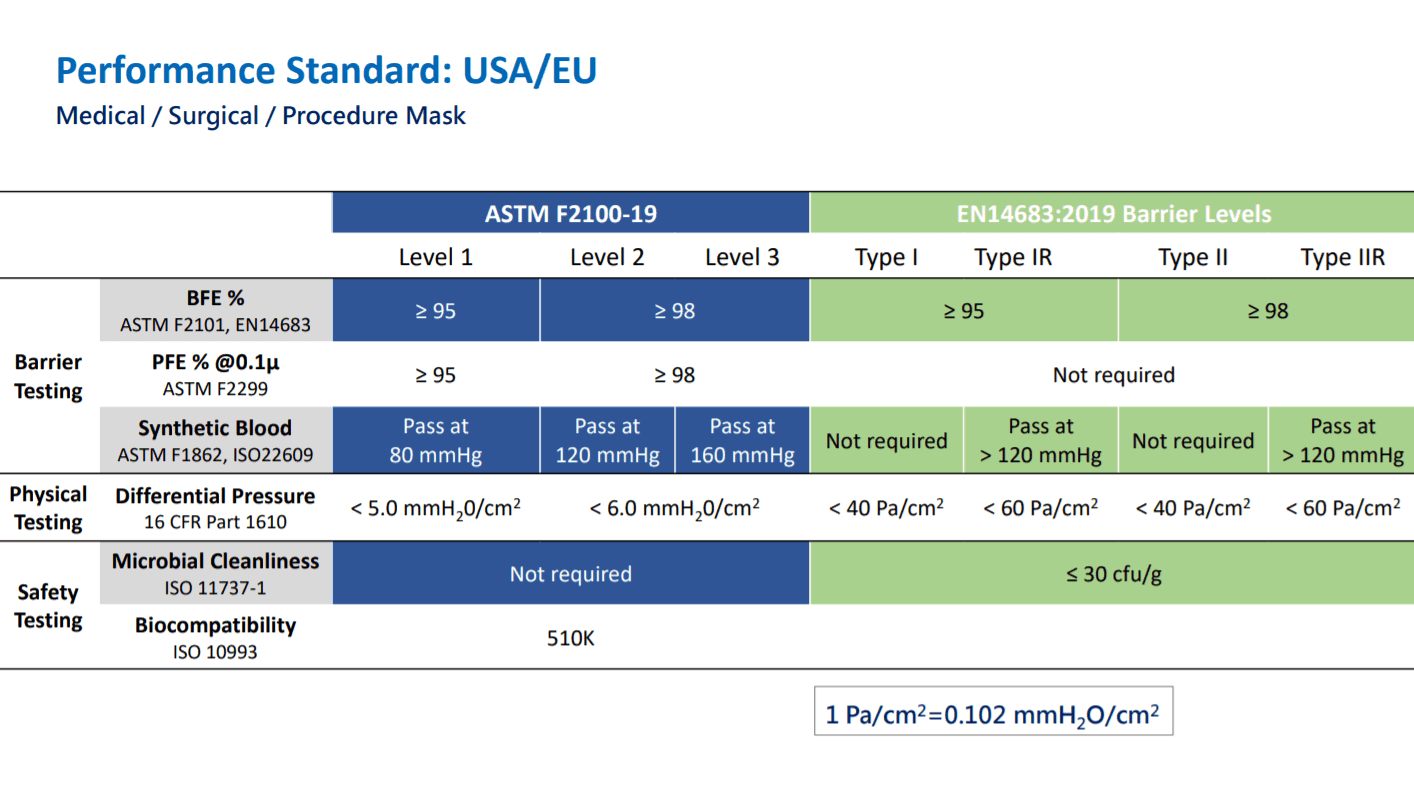
Image extracted from medtecs.com
Additionally, each ASTM level has specific uses and should not replace recommended protective measures like social distancing and hand hygiene. ASTM medical masks are used during:
Level 1: Low-risk situations: doctor's office or using public transportation
- provide basic protection against respiratory and large particle droplets
Level 2: Moderate-risk situations: dental procedures or hospital visits
- higher level of protection, blocking at least 98% of small particles
- made with thicker materials
Level 3: High-risk situations: surgeries or exposure to body fluids
- the highest level of protection, blocking at least 98% of small particles
- have greater breath resistance
- should only be used in these specific scenarios and as advised by healthcare professional
Stay Informed and Safe with the Ministry of Health Singapore
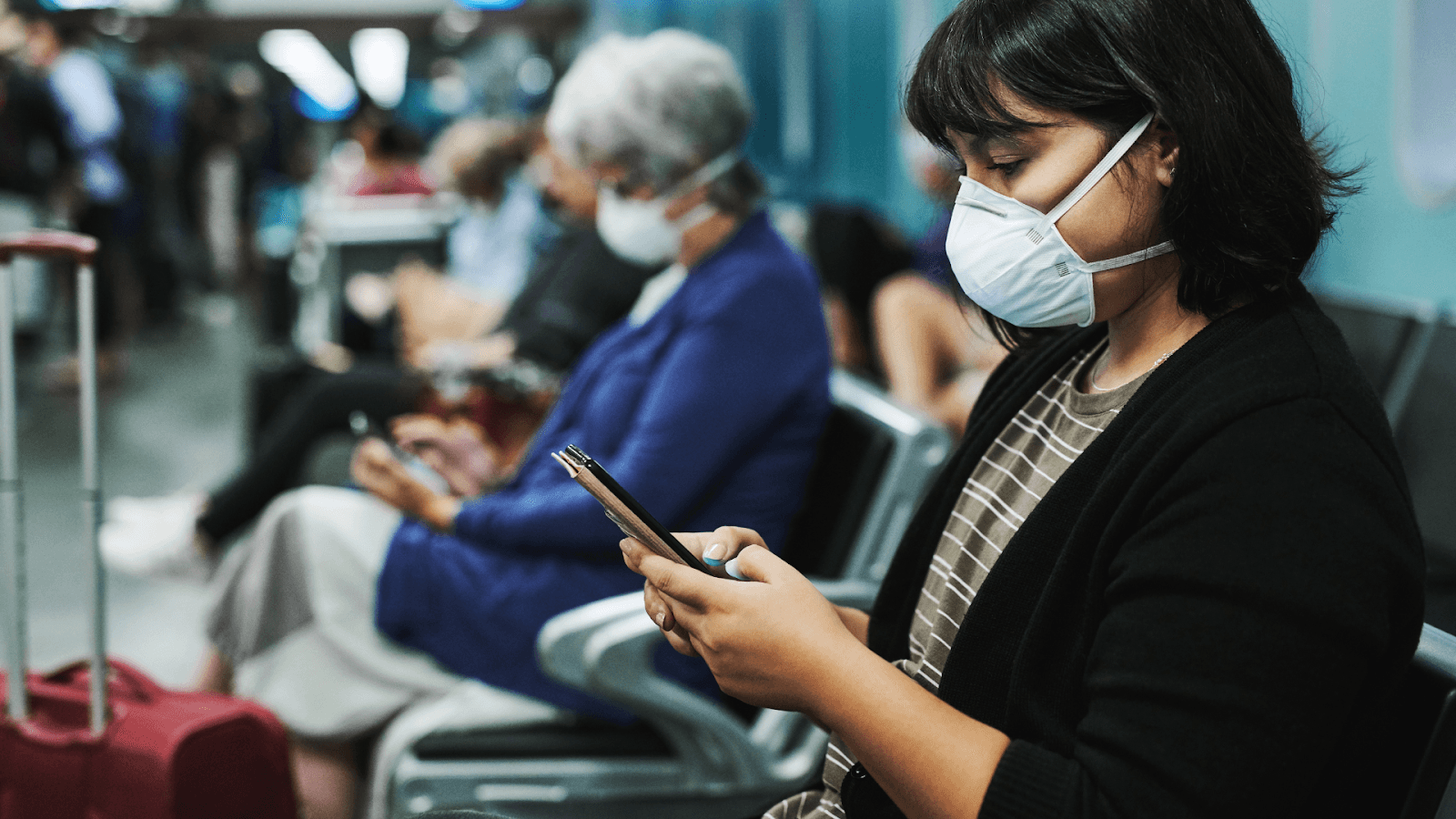
As we continue to navigate the ongoing COVID-19 pandemic, it is essential to stay informed and follow guidelines provided by the Ministry of Health (MOH) Singapore. By understanding and implementing these guidelines, we can protect ourselves and our communities. According to the MOH as of May 2023:
Seek Medical Assistance
Medically vulnerable individuals and those with severe COVID-19 symptoms should seek medical assistance from a doctor. These include seniors aged 60 and above and individuals with chronic medical conditions who experience acute, severe, prolonged, or worsening respiratory infection (ARI) symptoms. Other individuals at increased risk of severe COVID-19 include:
- Patients who are immunocompromised or have concurrent medical conditions such as obesity (e.g., adults with a BMI ≥30), hypertension, diabetes, chronic heart and lung diseases, kidney diseases on dialysis, hypercoagulable states, cancer, or patients on drugs that cause immunosuppression
- Pregnant women
- Persons with Down’s syndrome.
Exercising Social Responsibility
To minimise the spread of the virus and protect both ourselves and others, it is crucial to exercise social responsibility by limiting social interactions, especially in crowded areas. By doing so, it helps protect ourselves and others in the community.
While mask requirements are no longer mandated under temporary COVID-19 regulations, specific situations still warrant mask usage. Visitors, staff, and patients in healthcare and residential care settings are advised to wear masks. Additionally, individuals who are at risk of contracting COVID-19 symptoms or experiencing it should wear masks, especially when outside their homes. For healthy individuals, it is also crucial to wear masks when visiting or interacting with vulnerable persons.
Travel Advisory
When planning to travel, check entry requirements and local developments before travelling. Be aware of the entry requirements imposed by the countries/regions you plan to visit. It is important to monitor local developments and stay informed about any changes or restrictions in the destination. While travelling, practice good personal hygiene measures, including regular handwashing and wearing a mask. Take additional precautions based on your circumstances, even if not required by local regulations. If you tested positive for COVID-19, it is advisable to defer your travel plans and recover at your accommodation.
Upon entry to Singapore, all travellers must comply with the prevailing border measures. Stay updated with the latest information on border measures by regularly checking the ICA website. Additionally, there may be other administrative or health requirements for entry into Singapore, such as yellow fever vaccination.
Research on Medical Masks
Several research papers have been published in Singapore on the effectiveness and usage of medical masks. For instance, a cross-sectional study conducted in Singapore evaluated the prevalence and severity of self-reported cardiovascular symptoms before and during face mask use. The study found that dyspnea was the most commonly reported symptom during mask use. However, several factors should be considered such as moderate-high physical activity during mask use, duration of mask use, and the type of mask used. Likewise, another questionnaire survey study highlights the complex factors that determine the appropriate use of PPE by healthcare workers during the severe acute respiratory syndrome (SARS) outbreak in Singapore from February to May 2003. The results showed that a significant proportion of healthcare workers believed that paper and/or surgical masks were useful in protecting against contracting SARS.
In comparison with fabric masks, disposable surgical, and N95 masks in terms of viral filtration efficiency (VFE), one study showed that all fabric masks had a VFE of at least 50%, which improved to 63% when larger aerosols were excluded. The best-performing fabric masks were those with a section of vacuum cleaner bag or a dried baby wipe in the filter pocket, as well as the mask made according to specific guidelines. The VFE of surgical and N95 masks was comparable to their advertised efficacy. This research supports the use of fabric masks in the community to reduce the transmission of COVID-19, but further studies are needed to optimise their design and ensure proper fit.
Conclusion
Medical masks are crucial in combating the spread of infections, particularly in the context of the COVID-19 pandemic. N95 respirators offer the highest level of filtration and are recommended for healthcare professionals. Surgical masks protect against large particles and splashes, while face masks serve as a means of source control. ASTM standards classify medical face masks into different levels based on their filtration efficiency and other criteria. It's important to follow guidelines set by health authorities, such as the MOH in Singapore, and prioritise vaccination as a key defence against COVID-19. Ongoing research continues to explore the effectiveness and usage of medical masks to ensure their optimal performance in protecting individuals and communities.
Visit MF.Asia today to explore a wide range of high-quality PPEs and prioritise your safety and well-being. Thank you for taking the time to read this today. If you have any further inquiries or need more information, please don't hesitate to contact us. We are here to assist you.
Manufacturing plants, hospitals & labs use MF to automate orders and manage their uniforms.
Learn more